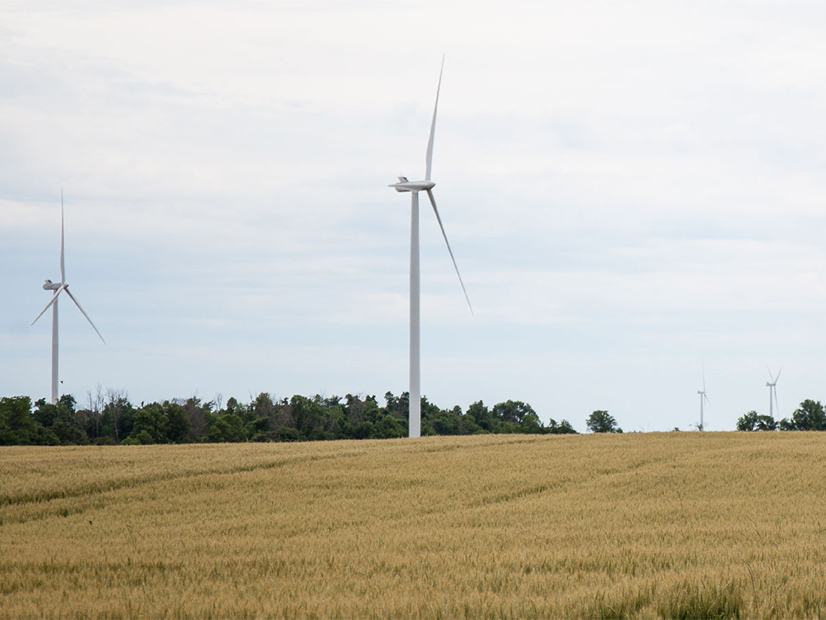MISO has signaled it is receptive — but only to an extent— to stakeholder ideas on loosening its commercial operation date deadlines in its generation interconnection queue.
MISO will collect stakeholder suggestions through Oct. 17 on how it might stretch deadlines around commercial operation date rules in its interconnection queue. The RTO is experiencing a growing number of generation projects that are approved to connect to the system but aren’t finished.
However, MISO said the potential commercial operation dates generation developers are using in negotiations for upcoming generator interconnect agreements (GIAs) so far don’t exceed the existing extensions MISO’s tariff allows.
“It appears at least on the surface that commercial operation date extensions are adequate,” MISO’s Brady Mann said at a Sept. 26 Interconnection Process Working Group teleconference.
Mann pointed out that MISO allows a three-year deferral when transmission owners cannot bring equipment necessary to connect new generation into service on time.
MISO policy requires GIAs struck among interconnection customers, transmission owners and MISO to contain a commercial operation date that’s within three years of the date originally requested in their queue applications. The grid operator additionally allows up to a three-year extension of the commercial operation date in the initial GIA. When developers can’t meet either extension, MISO can remove the project from its queue or developers can seek a waiver of the queue tariff deadlines with FERC.
Mann added that MISO is open to hearing potential remedies from stakeholders.
“It is a new world we’re living in, so having that collaboration and conversation will be helpful,” Mann said. “Our intent here is to understand the issues you’re facing and additional remedies that may be required.”
EDP Renewables last month requested that MISO consider extending its grace period or letting developers amend commercial operation dates to be more realistic in GIAs. The developer said study delays and supply chain setbacks mean interconnection customers can’t realistically meet the commercial operation dates set forth in the first drafts of their GIAs. (See MISO to Assess Extending Queue’s COD Grace Period.)
Multiple renewable energy developers told MISO that behind-schedule commercial operation dates will be common.
“We’re in a different world than in 2018. There are supply chain and delivery issues on both the interconnection customer and transmission side. … The problem is not likely to go away, in our view, and will extend into several future queue cycles,” EDP Renewables’ David Mindham said. “We believe it’s better to deal with this problem holistically than file a bunch of one-off waivers at FERC.”
Mann said MISO expects both interconnection customers and transmission owners to simultaneously gather supplies, conduct engineering analysis and construct facilities after a GIA is negotiated. He said one shouldn’t be waiting on the other to move ahead.
Growing Share of Approved And Unbuilt Generation
In a separate presentation, Mann said volumes of executed generator interconnection agreements are on the rise, with the 35 GW in GIAs expected to be executed by year’s end more than doubling 2022’s 16 GW.
MISO acknowledged the lion’s share of gigawatts from recently executed GIAs isn’t yet in commercial operation. Mann said MISO predicts a “large increase” in commercial operations in 2028, when developers exhaust their three-year grace periods.
MISO has said it has about 49 GW worth of generation projects that are approved to connect to the system under completed GIAs but remain unbuilt, which raises its near-term reliability risks. (See MISO: Reliability Risk Upped by 49 GW in Approved but Unbuilt Generation.)
By year’s end, MISO expects that value to grow to 66 GW in executed GIAs for generation projects that have yet to reach commercial operation.
Meanwhile, MISO’s interconnection generation queue studies continue to slip on their intended timelines. Most interconnection queue cycles for MISO’s four planning regions are delayed.


